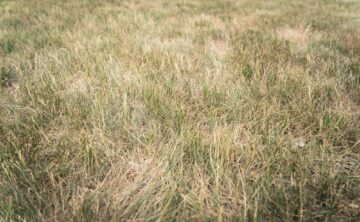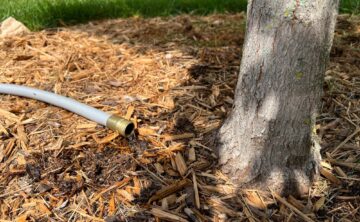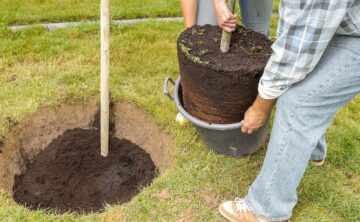What is the Impact of El Nino on Minnesota Trees?
In the intricate dance of weather patterns, few hold as much sway as El Niño. This climate phenomenon, characterized by the periodic warming of sea surface temperatures in the Pacific Ocean, can have far-reaching effects on weather patterns across the globe. Minneapolis, nestled in the heart of the Midwest, is no exception. In this blog, our experts will discuss the impact of El Niño on the landscapes and trees in the Twin Cities, and shed light on the subtle but significant changes that unfold when nature’s elements are set in motion.
Understanding the subtle yet profound impact of this climate phenomenon on landscapes and trees allows us to appreciate the interconnectedness of our environment. By embracing adaptive strategies and fostering a commitment to sustainable practices, we can work towards preserving the natural beauty and resilience of Minneapolis in the face of a changing climate.


Warmer winters and changing landscapes
One of the most notable consequences of El Niño in Minneapolis is the tendency for milder winters. All one has to do is look at the unseasonably warm and low precipitation winter of 2023/2024. Warmer temperatures during the winter months can affect the local landscape in several ways. The reduced frequency and intensity of snowfall may lead to decreased snow cover, impacting the insulating effect that snow provides to plants and soil. This, in turn, can affect the resilience of perennial plants and the overall health of the landscape.
Altered precipitation patterns
El Niño often brings about shifts in precipitation patterns, with Minneapolis experiencing variations in rainfall amounts and distribution. While some years may see increased precipitation, others may witness drier conditions. These fluctuations can pose challenges for the local flora, including trees, which rely on consistent water availability. In times of increased rainfall, there’s a risk of soil erosion, while drier periods may lead to water stress for trees and other vegetation.
How a warmer winter stresses trees
Trees bear the brunt of El Niño’s impacts. Changes in temperature and precipitation can induce stress in trees, making them more susceptible to pests and diseases. Additionally, extreme weather events, such as severe storms or droughts associated with El Niño, can cause physical damage to trees, disrupting their growth and overall health.
Strategies to implement in your landscape
As we navigate the ever-changing climate landscape, proactive measures can be taken to mitigate the impact of El Niño, as well as other climate impacts, on Minneapolis landscapes and trees. This includes strategic tree planting, water conservation practices, and monitoring the health of urban green spaces. Engaging in sustainable landscaping practices can help enhance the resilience of the city’s natural assets in the face of climatic variability.
Simple strategies every homeowner can implement include:

Ensuring your trees are properly watered, especially in times of drought

Choose new landscape trees based on the changing zone of your location

What is the influence of El Nino on the Twin Cities Urban Ecosystem?
The interconnected web of ecosystems in the Minneapolis and St. Paul metro area relies on a delicate balance of climate conditions. El Niño’s influence can disrupt this equilibrium, affecting not only individual trees but entire ecosystems. Changes in temperature and precipitation may impact the composition of plant and animal communities, with potential repercussions for biodiversity and ecological stability.
Concerned about the health of your trees or shrubs? Contact us today!
Other items you may be interested in:

Five Tips to Keep Your Minnesota Trees Resilient in Minnesota’s Shifting Climate
Unlike trees in a forest, urban trees deal with a lot of stressors that compromise their health–starting with competition from turf grass for water and

Tree Planting Basics for Minnesota Homeowners
There’s an old saying, “The best time to plant a tree is twenty years ago.” While it makes a humorous point about how long it

Spring Tree Care Checklist for Minnesota Homeowners
Welcome your trees back from their winter slumber with a little love and care. Spring is an important time for the trees and shrubs in



